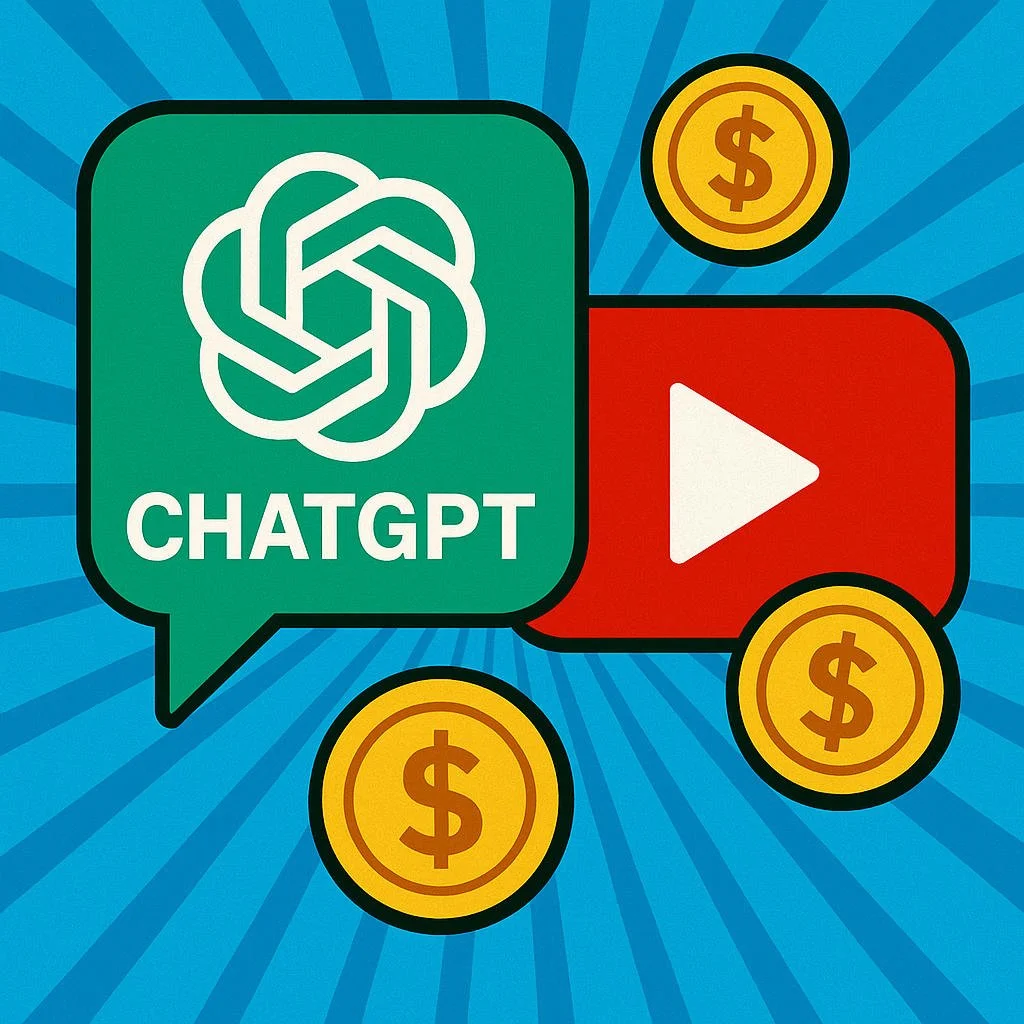How to Get Free Food from a Food Bank
First: You’re not “cheating the system” by getting help
Food banks exist for exactly this reason: to feed people who are struggling.
You might qualify if:
You’re out of work or underemployed
Rent, bills, or debt are eating your entire paycheque
You’re a student, senior, single parent, or caregiver with limited income
You’ve had a sudden crisis (illness, breakup, moving, job loss, etc.)
You don’t have to be homeless, jobless, or “at rock bottom” to get help. If buying groceries is stressing you out or forcing you to skip meals, you are exactly the kind of person food banks are meant for.
Step 1: Find a food bank or pantry near you
Most areas have multiple options:
Large food banks (warehouse-style) that supply lots of smaller pantries
Church- or community-run food pantries
Mobile food banks (vans or trucks that visit specific neighborhoods)
School, college, or campus food banks
Special programs for families, seniors, or newcomers
How to find them (no links, just methods):
Search for: “food bank near me” or “food pantry [your city]”
Check your city or municipal website for “social services” or “community resources”
Call 2-1-1 (in many places, that’s an information line for local services)
Ask at:
Community centres
Libraries
Churches/faith centres
Social workers, shelters, or settlement agencies
Your school’s student services office (for students)
Write down:
Name of the organization
Address
Phone number
Days and hours they serve clients
Any special notes (e.g., “must book appointment,” “drive-thru only,” “ID required”)
Step 2: Check their rules and eligibility (they’re usually simpler than you think)
Food banks are often more flexible than people assume. Some:
Have no formal income test – they simply ask if you need help
May ask for a basic intake form (name, address, household size)
Sometimes limit how often you can visit (e.g., once every 2 weeks or once a month)
You’re usually not expected to:
Show bank statements
Prove you’re “poor enough” in a humiliating way
Explain every detail of your life
Common eligibility questions:
Where do you live? (to connect you to the right local site)
How many people in your household? (to size the food hamper)
Any special needs? (allergies, religious restrictions, baby items)
Step 3: What to bring with you
Not every place requires all of this, but it helps to prepare:
Photo ID (if you have it)
Driver’s licence
Health card
Passport
Student ID
Proof of address (if they ask)
Utility bill
Lease or rental agreement
Official mail with your name and address
Information about your household
How many adults and kids
Ages of children (for diapers, formula, snacks, etc.)
Bags, a backpack, cart, or suitcase
Some places offer bags, some don’t
Food can be heavy—wheels help
Any dietary details
Allergies (peanuts, gluten, dairy)
Religious restrictions (halal, kosher)
Medical needs (e.g., extremely low sodium)
If you don’t have ID or proof of address, still go. Many places will work with you, especially on a first visit.
Step 4: What actually happens when you go
Different places run slightly differently, but this is a common flow:
Arrival & check-in
You might sign in at a reception desk, or take a number, or join a queue.
Brief conversation: staff/volunteers may ask your name, address area, family size, and how often you’ve used the service.
Intake questions (first visit or once in a while)
They may ask:“How many adults and children are in your household?”
“Do you have any dietary restrictions?”
“Do you have access to a stove/microwave/fridge?”
This helps them choose the right items (no point giving you frozen things if you have no freezer).
Receiving food
Models vary:Pre-packed hamper/box: They hand you a box/bag already prepared.
Choice model: Shelves like a small grocery store; you choose items within a guideline (e.g., 2 canned proteins, 3 grains, etc.).
Drive-thru: Food is placed directly into your car trunk.
Extra items or stations
Some places also offer:Fresh fruits and vegetables
Bread and bakery items
Dairy (milk, yogurt, cheese)
Baby food, diapers, wipes
Hygiene items (soap, toothpaste, period products)
Optional: info on other services
You might see posters or get referrals for:Low-cost or free clothing
Help with rent or utilities
Job search support
Mental health or counselling resources
Staff and volunteers are usually kind and used to people feeling nervous. It might feel awkward your first time, but for them, this is their normal work. They want you to have food.
Step 5: What kind of food you’ll likely get
It depends on donations, but a typical haul might include:
Shelf-stable staples
Pasta, rice, couscous
Canned beans, lentils, chickpeas
Canned vegetables and fruit
Canned soup, stew, chili
Peanut butter or other spreads
Proteins
Canned tuna, salmon, chicken
Beans, lentils
Sometimes eggs, cheese, fresh or frozen meat
Grains & snacks
Bread, rolls, tortillas
Cereal or oats
Crackers, granola bars
Extras (if available)
Fresh produce (apples, carrots, potatoes, onions, etc.)
Milk, yogurt
Baby formula, baby food
Hygiene supplies
You might not get everything you hope for, and you can’t always choose brands—but it can significantly stretch your grocery budget.
Step 6: How often you can go
Each organization sets its own rules. Common patterns:
Once per week
Once every 2 weeks
Once per month
Some “open shelves” or “community fridges” may be available more often
During intake or check-in, ask politely:
“How often am I allowed to come? And do I need to book an appointment next time?”
That way, you can plan your meals and grocery shopping around it.
Step 7: How to use food banks respectfully
Most food banks have more demand than supply. Using them responsibly helps everyone:
Be honest on your forms
Don’t lie about household size or situation. They’re not there to judge; they just need accurate info.Only take what you need
In choice-based pantries, follow the guidelines and avoid grabbing extras “just because.”Show up at your appointment time
If they use appointments, being on time helps them manage crowds and supplies.Be kind to volunteers and staff
Many are unpaid and dealing with intense demand, emotional stories, and limited resources.If your situation improves, reduce visits or stop
When you can afford food again, you free up resources for others. You can always come back if your situation changes.
Remember: using a food bank when you need it is not abuse. Abusing it would be lying, reselling food, or hoarding. Just don’t do that.
Step 8: If you feel ashamed or anxious about going
This is extremely common. A few thoughts:
Many people there are working poor, students, or families who just hit a rough patch.
Volunteers see all kinds of people—there is no “type.”
You’re not taking from “someone who needs it more” if you’re genuinely struggling. The food is meant to be used.
If going alone feels scary, you can:
Ask a friend, partner, or family member to come with you
Call the food bank ahead and say it’s your first time—they can walk you through what to expect
Start with a smaller, local pantry if a big warehouse feels too intimidating
Step 9: Other free or low-cost food options to combine with the food bank
Food banks are one part of the picture. You may also find:
Community meals / soup kitchens – free or pay-what-you-can hot meals
School or campus food programs – free breakfasts, snacks, or student food banks
Community fridges – public fridges stocked with donated food you can take
Pay-what-you-can markets – often run by nonprofits
Religious organizations – churches, mosques, temples often host meal programs open to everyone
Senior or youth programs – free or low-cost meals for age-specific groups
You can ask staff at the food bank:
“Are there any other food programs or community meals near me?”
They usually know all the local options.
Step 10: Making the most of what you get (simple planning tips)
When you’ve got your food at home, a bit of planning makes it stretch further:
Sort by what expires first
Use fresh bread, produce, and dairy first.
Save canned and dry items for later.
Plan simple meals around what you have
A few basic combos:Pasta + canned tomatoes + canned veggies + beans
Rice + beans/lentils + canned veggies + seasoning
Oats + peanut butter + fruit (fresh or canned)
Soup or stew: toss canned veggies, beans, and some grains into a pot
Freeze what you can’t use right away
Bread, leftover cooked rice/pasta, extra soup or chili
Swap with friends or neighbours
If you get something you can’t eat (allergy, no way to cook it), trade with someone else who can.
If you’re worried about being judged
People often think:
“The staff will think I’m lazy.”
“Other people need this more.”
“I should be able to handle this myself.”
Reality:
The economy, rent, food prices, and life events can crush even hardworking, responsible people.
Food banks exist because society recognizes that people can’t always manage on their own.
Asking for help with food might actually prevent worse outcomes (debt, eviction, health issues).
Think of it this way:
You’re not taking a handout.
You’re using a tool that exists so people don’t go hungry.
And if, in the future, you’re in a better place, you can give back—by donating, volunteering, or just sharing information with others who are scared to ask for help.
Bottom line
To get free food from a food bank, you don’t need to be perfect, desperate, or homeless. You just need to be someone who needs help with groceries right now.
Find a local food bank or pantry.
Check basic rules and hours.
Bring ID and bags if you can—but go even if you’re missing something.
Answer intake questions honestly.
Use the food respectfully and only as often as you need.
You deserve to eat, full stop. Food banks are there to help you get through tough times so you can focus on fixing the rest of your life—not on whether you can afford dinner.








